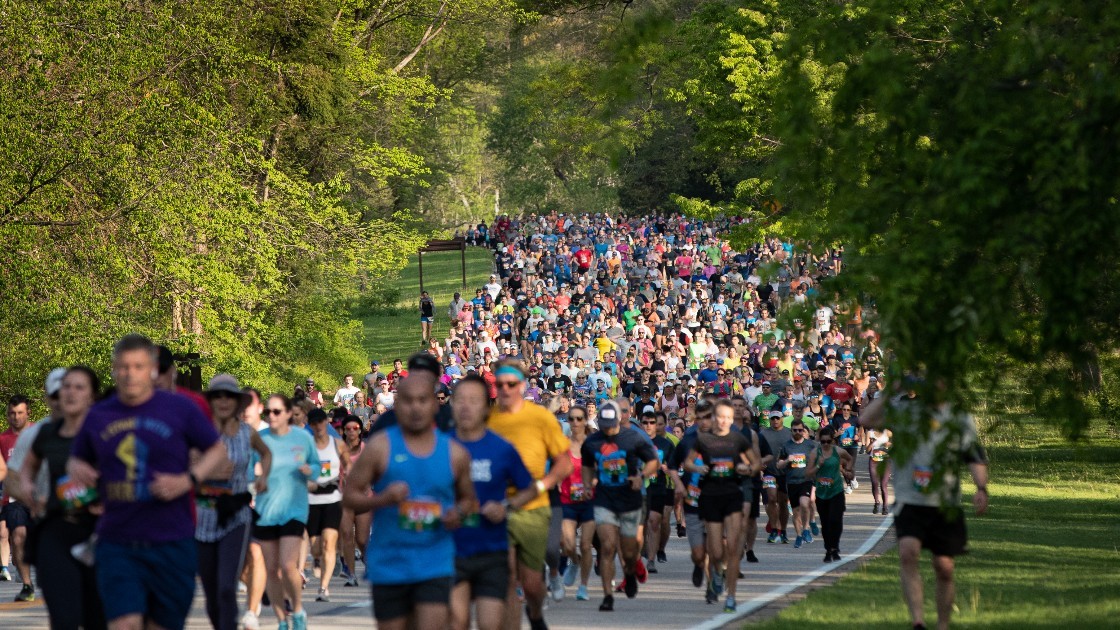The National Zoo in Washington, D.C., is marking 50 years since the start of its giant panda conservation program.
On April 16, 1972, giant pandas Ling-Ling and Hsing-Hsing arrived at the National Zoo as a gift from China. In the decades since, Washingtonians have delighted in watching the zoo’s panda family grow.
A Pandaversary Party is planned to mark the occasion on Saturday and Sunday. There will be live performances, plus the pandas will get special treats at 9 a.m. and 1 p.m. each day. Here’s more information.
News4’s Eun Yang caught up with Brandie Smith, director of the National Zoo, who shared some important updates and fun facts about some of D.C.’s favorite bears.
We're making it easier for you to find stories that matter with our new newsletter — The 4Front. Sign up here and get news that is important for you to your inbox.
“They never get less cute, they never get old, the magic never wears off,” Smith said.
Humans are biologically programmed to like pandas, Smith says
The Scene
The most fun things to do and places to be in D.C., Maryland and Virginia
“It’s called the science of awe,” Smith said. “When you see a panda, whether it’s super cute or super big, you are actually releasing chemicals — like the chemicals of childbirth, the chemicals of love, the chemicals of togetherness.”
According to a paper written by scientists at Berkeley University, feeling awe can make people more kind and generous.
“Pandas actually make people better human beings," Smith said.
Pandas have the bite force of a lion or tiger
As cute as pandas are, they’re still bears — with the claws and teeth to prove it.
“One of the reasons they’re so cute is because they have the big, round head,” Smith said. “What that roundness comes from is these incredibly strong jaw muscles.”
They need the jaw force to crush bamboo, Smith says.
The National Zoo's panda program is all about conservation
The National Zoo says fewer than 2,000 giant pandas live in the wild, so working to preserve and protect these bears is a key goal.
Five cubs were born to the first pair of pandas at the zoo, but none survived past a few days. But the past 50 years have taught zookeepers a lot about pandas and how to preserve their population numbers.
“We discovered a lot about reproduction; we discovered a lot about behavior,” Smith said. “We’ve also discovered a lot about the people who watch them — the millions of people who are fascinated with these animals — and how we are able to mobilize all this interest into a conservation force.”
The program flourished after Tian Tian and Mei Xiang arrived 20 years ago. Mei Xiang gave birth to four surviving cubs, Tai Shan, Bao Bao, Bei Bei and Xiao Ji Qi — the first panda in the U.S. born after his mother was artificially inseminated with frozen, instead of fresh, semen.
Photos: See Bei Bei Grow From Cub to Giant Panda
Now, some of D.C.’s favorite pandas are parents themselves. Tai Shan and Bao Bao are now back in China and have four offspring between them, carrying on the legacy of the National Zoo program.
The National Zoo’s current panda program is set to end next year
The pandas at the National Zoo are essentially on loan from China.
The current agreement with the China Wildlife Conservation Association is set to end in December 2023, but Smith says she’s confident there will be more pandas in D.C. in the future.
“We are absolutely committed to have pandas for another 50 years and beyond,” Smith said.



